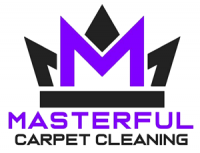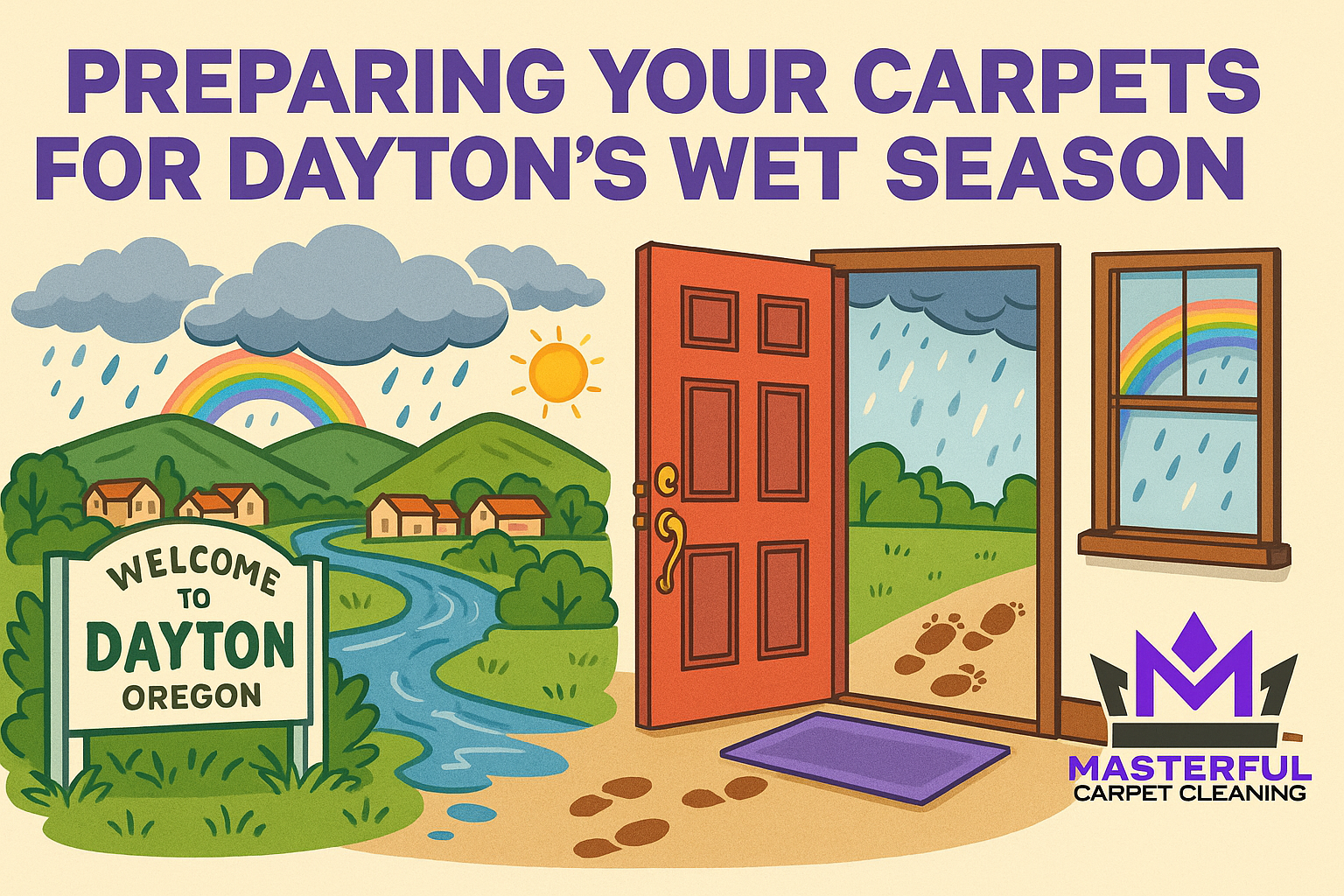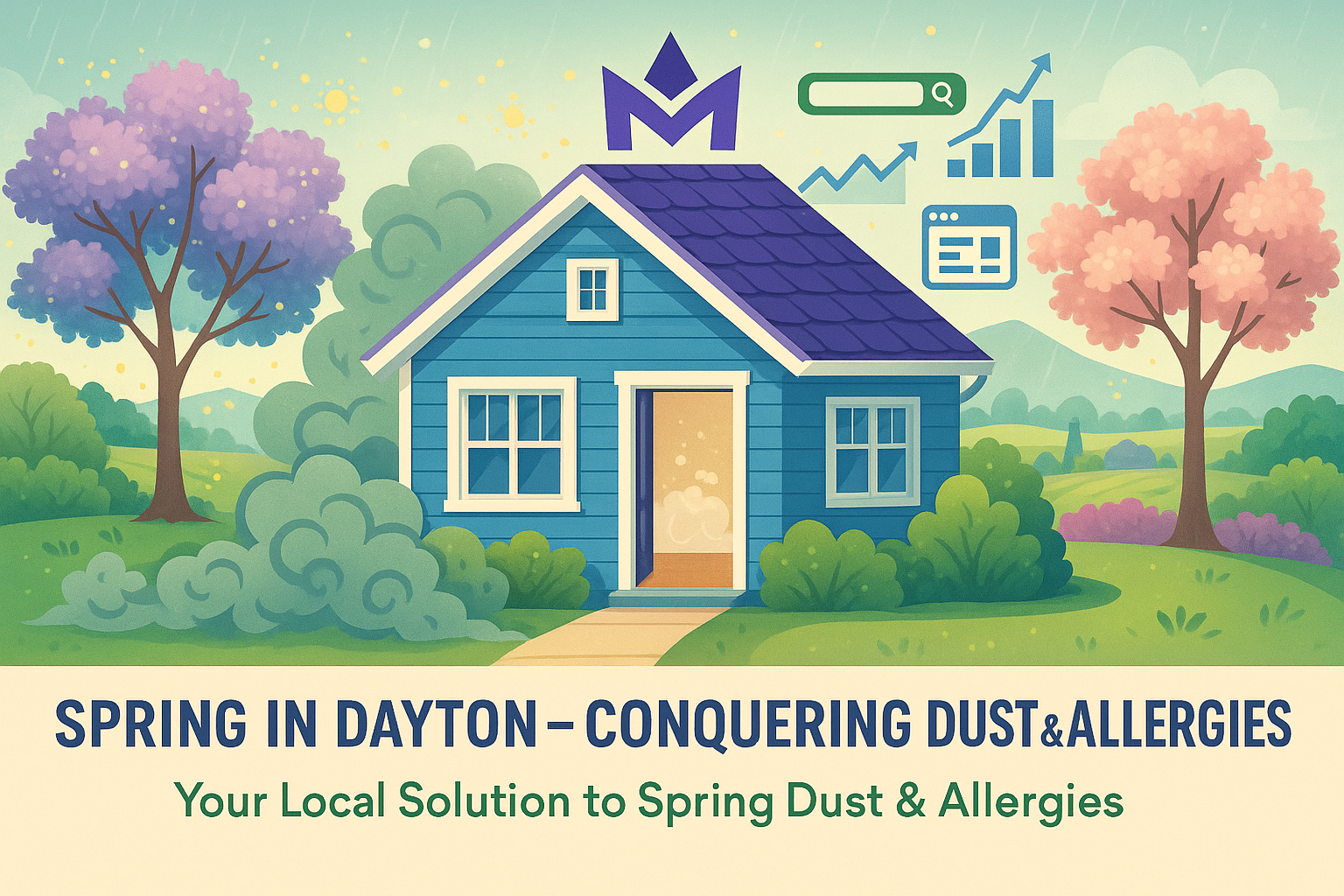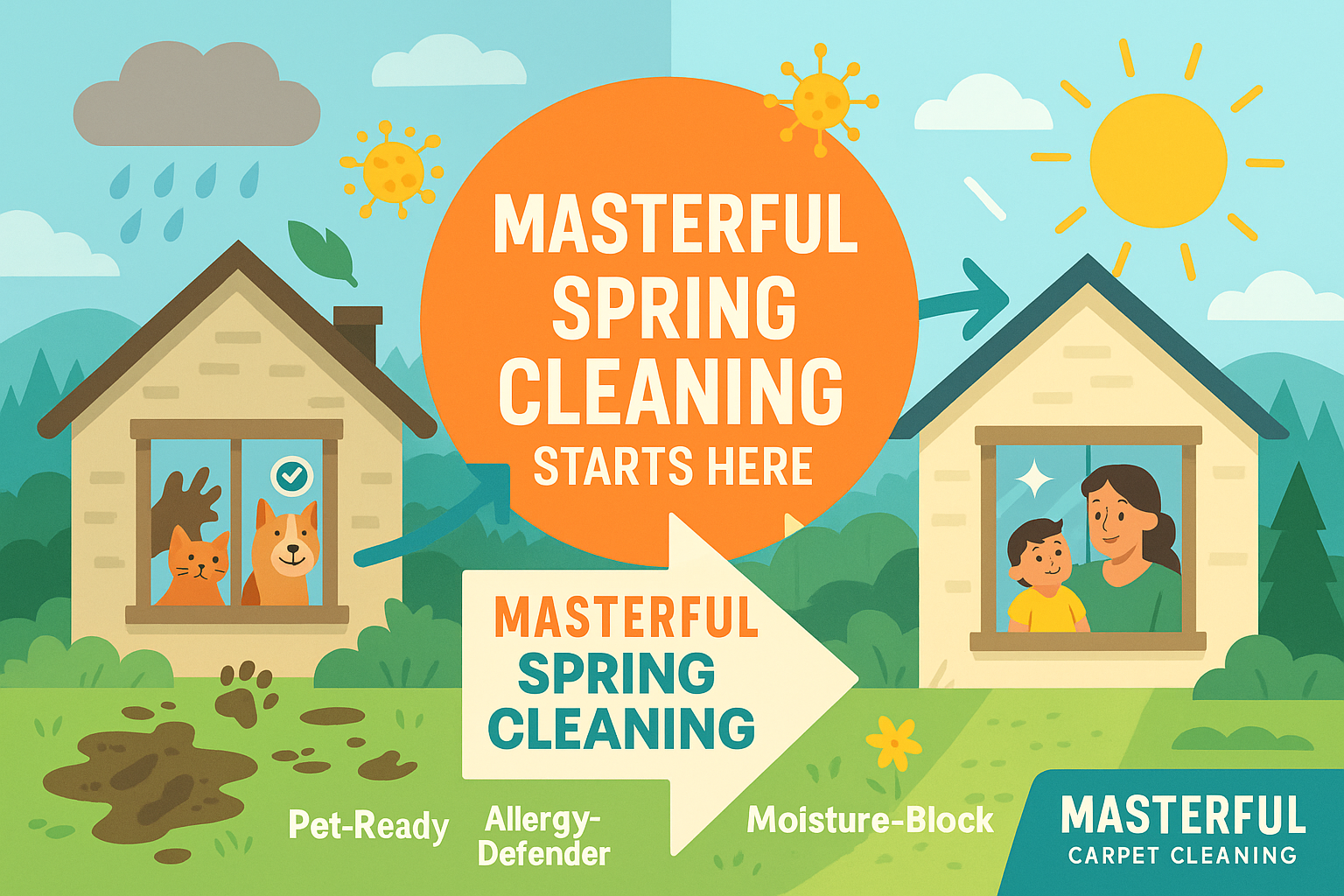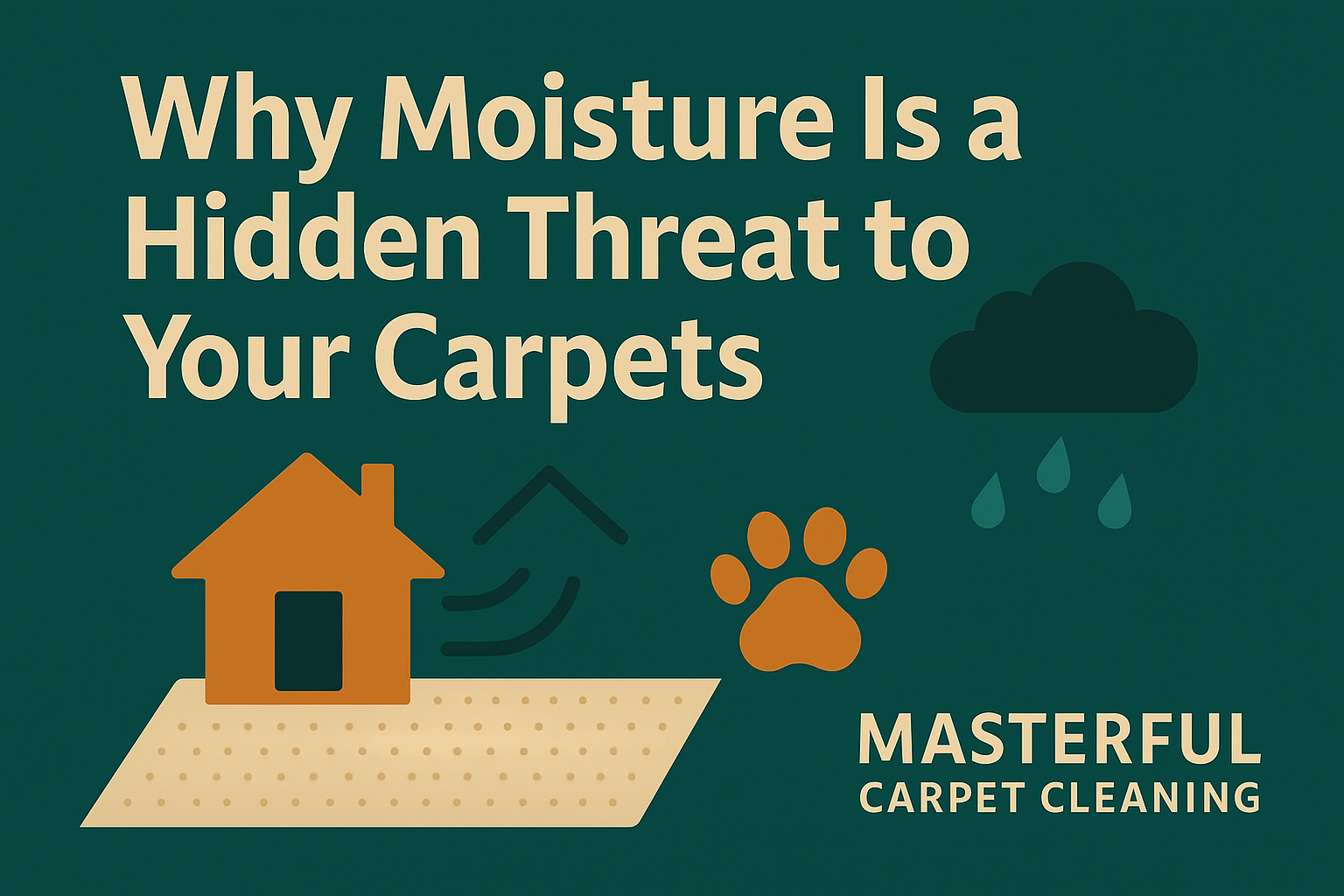Eco-Friendly Cleaning Methods for Sustainable Cork Floors

Cork flooring is a versatile and eco-friendly option made from the bark of cork oak trees.
Known for its resilience and natural insulation properties, cork flooring offers numerous benefits for both residential and commercial spaces. When it comes to sustainability, using eco-friendly cleaning practices is essential to maintain the integrity of cork floors while minimizing environmental impact.
Benefits of Cork Flooring
- Durability and Resilience: Cork flooring is known for its durability and resilience, making it a practical choice for high-traffic areas in homes or commercial spaces. The natural elasticity of cork allows it to bounce back from minor impacts, reducing the appearance of scratches or dents over time.
- Environmental Advantages: Cork is harvested from the bark of cork oak trees, a renewable resource that regenerates every few years without harming the tree. This sustainable harvesting process makes cork flooring an environmentally friendly choice compared to traditional hardwood or laminate options. The production of cork flooring requires minimal energy and resources, further reducing its environmental footprint.
- Health Benefits for Indoor Air Quality: Cork flooring is naturally resistant to mold, mildew, and pests, contributing to better indoor air quality. Unlike synthetic materials, cork does not emit harmful volatile organic compounds (VOCs), which can cause respiratory issues and other health concerns. As a result, cork flooring is often recommended for allergy sufferers and those with respiratory sensitivities.
These benefits highlight the advantages of cork flooring not only in terms of durability and sustainability but also in promoting a healthier indoor environment.

Understanding Eco-Friendly Cleaning
Eco-friendly cleaning involves the use of sustainable products that do not harm the environment. This approach emphasizes products with biodegradable ingredients that reduce environmental impact, contrasting sharply with conventional cleaning products that can release harmful volatile organic compounds (VOCs) into the air and contribute to water pollution.
The shift towards eco-friendly cleaning products is driven by the need to mitigate these harmful effects and promote a healthier, more sustainable way of living.
Definition of Eco-Friendly Cleaning Methods
Eco-friendly cleaning methods are defined by their use of environmentally friendly ingredients and procedures designed to preserve human health and environmental quality. These methods avoid toxic chemicals, opting instead for natural or non-toxic alternatives that are safe for people, pets, and the planet. The focus is on reducing the release of VOCs, improving indoor air quality, and ensuring that products are biodegradable and manufactured in an environmentally friendly manner.
Importance of Using Environmentally Safe Products
Using environmentally safe products is important for protecting our health and the environment. Traditional cleaning products often contain chemicals that can lead to respiratory problems, skin irritations, and long-term illnesses. By choosing eco-friendly products, we reduce the risk of exposure to these harmful substances and contribute to the preservation of ecosystems by preventing water and air pollution. Eco-friendly cleaning practices support sustainability by minimizing waste generation and promoting the use of biodegradable and recyclable packaging.
Misconceptions About Cleaning Chemicals and Their Impact
A common misconception is that stronger, chemical-based cleaners are necessary for effective cleaning. Many eco-friendly products are equally effective while being safer for human health and the environment.
Another misconception is that green cleaning is more expensive; the long-term savings from reduced health risks and the multipurpose nature of many eco-friendly products can make it a cost-effective choice. There’s a growing awareness that not all bacteria need to be eradicated for a space to be considered clean, challenging the perception that only harsh disinfectants can achieve cleanliness.
Eco-friendly cleaning is not just about choosing safer products but also about adopting practices that ensure a healthy living environment and a sustainable future. By understanding and implementing eco-friendly cleaning methods, we can make informed decisions that benefit both our immediate surroundings and the planet at large.

Challenges in Cleaning Cork Floors
Caring for cork floors presents unique challenges due to their material characteristics and environmental considerations. Here’s a some key points to consider when maintaining cork flooring:
- Sensitivity of Cork to Moisture and Chemicals: Cork’s cellular structure, while providing resilience and a soft surface, also makes it susceptible to moisture and harsh chemicals. Excessive moisture can cause cork to curl or buckle, and harsh chemicals may damage its natural finish. Using pH-neutral cleaners and avoiding excessive water are recommended practices to protect cork floors.
- Potential Damage from Abrasive Cleaning Methods: The softness of cork means it can easily be damaged by abrasive tools or heavy furniture. It’s important to use soft cleaning tools and protect cork floors with furniture pads to prevent dents and scratches. Dragging furniture can cause significant damage, so lifting rather than dragging items is advised to maintain the integrity of the flooring.
- Avoiding Practices That Can Harm the Environment: Given cork’s eco-friendly reputation, it’s important to use cleaning practices that align with environmental sustainability. This includes selecting eco-friendly cleaning products that do not harm aquatic life or contribute to air pollution. Biodegradable and non-toxic cleaning solutions are preferred to reduce environmental impact.
To address these challenges effectively:
- Regularly sweep or vacuum to remove dirt and debris that can scratch the surface.
- Damp mop with a mild, water-based cleaner to avoid damaging the cork with harsh chemicals or excessive moisture.
- Protect cork floors from direct sunlight to prevent fading, and use furniture pads to avoid indentations and scratches.
- Address spills quickly to prevent water damage, particularly on unsealed cork floors.
By understanding and addressing these challenges, you can maintain the beauty and longevity of cork floors while minimizing environmental impact. Regular care, along with occasional deep cleaning and resealing, will keep cork flooring in excellent condition and support sustainable living practices.
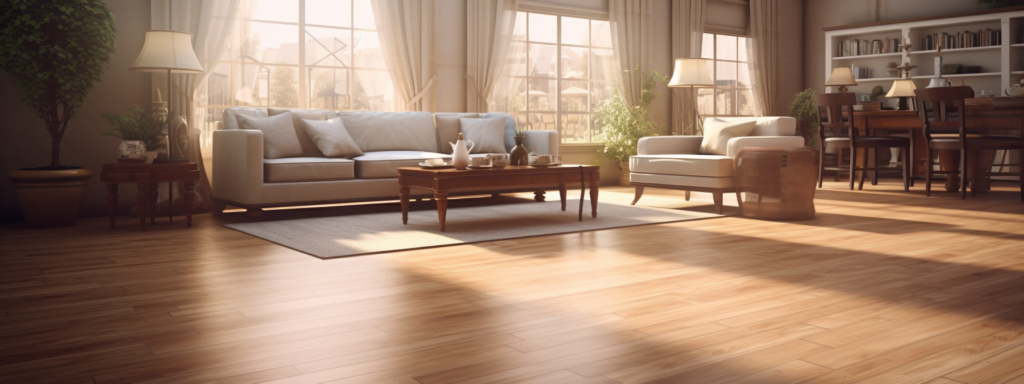
Recommended Eco-Friendly Cleaning Products
When it comes to maintaining the beauty and sustainability of cork floors with eco-friendly cleaning products, there are several recommended natural cleaning agents and tools that ensure a gentle yet effective cleaning process.
Natural Cleaning Agents
- Vinegar and Baking Soda: These are widely recognized for their natural cleaning properties. Vinegar, diluted with water, acts as a natural disinfectant suitable for cork floors. Baking soda can be used to tackle tougher stains when mixed into a paste with water. Use these agents sparingly to avoid damaging the cork’s finish.
Biodegradable and Non-toxic Cleaning Solutions
- Specific Brands: Brands like Bona and Basic offer cork-specific cleaners that are safe and effective for cork floors. These products are designed to clean without damaging the floor’s natural texture or protective coating. Bona Hardwood Floor Cleaner and Basic Squeaky Wood & Laminate Floor Cleaner are examples of pH-neutral solutions recommended for cork floors.
- Other Recommended Products: The Loba line of floor care products, including cleaners and finish maintainers, is also suitable for cork flooring.
Eco-friendly Cleaning Tools and Accessories
- Microfiber Cloths and Mops: Microfiber cleaning tools are preferred for cork floors due to their soft texture and effectiveness in trapping dirt and dust without scratching the surface.
- Steam Cleaners: Although steam cleaners are generally advised against cork floors due to the risk of moisture damage, certain eco-friendly models designed for use with hard surfaces can be used with caution, ensuring minimal water use and avoiding damage.
It’s important to avoid flooding cork floors with water or cleaner and to clean up spills immediately to prevent moisture from damaging the cork. Placing walk-off mats near exterior doorways can help limit dirt and debris, further protecting your floors.
For ongoing maintenance, regular vacuuming or sweeping to remove loose dirt and debris is essential, along with the occasional damp mopping using a recommended eco-friendly cleaner. Always follow the manufacturer’s care instructions to ensure that your cork floors remain beautiful and sustainable for years to come.
For further guidance on cleaning and maintaining cork floors, checking the manufacturers’ recommendations is always a good step to ensure compatibility and to uphold any existing warranties.
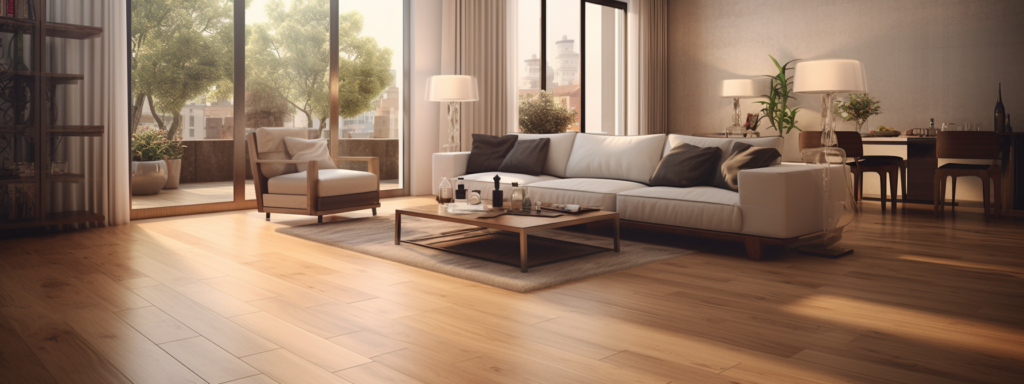
Step-by-Step Cleaning Techniques
Maintaining cork floors involves a careful approach to ensure their longevity and preserve their natural beauty.
Preparing the Cork Floor for Cleaning
- Start by sweeping or vacuuming to remove loose dirt and debris. This step is important to prevent scratching the cork’s surface. For best results, use a soft-bristled broom or a vacuum cleaner with a soft brush attachment.
Gentle Cleaning Methods to Preserve the Integrity of the Cork
- Mop with a mild pH-neutral cleaner mixed with warm water. Ensure the mop is damp but not soaking, as excessive water can damage cork floors. Move the mop in gentle, circular motions across the floor, starting from the farthest corner of the room and working your way toward the exit.
- Rinse the mop thoroughly with clean water after the initial cleaning and go over the floor once more to remove any leftover cleaning solution.
- Let the floor air-dry completely before walking on it or replacing furniture.
Tips for Removing Stubborn Stains Without Harsh Chemicals
- For persistent stains or areas with stubborn dirt, use a soft-bristled brush to gently scrub the affected spots. Avoid harsh chemicals or abrasive tools; instead, opt for natural cleaning solutions like a mix of white vinegar and water for a natural disinfectant or a paste of baking soda and water for tougher stains.
- Act quickly on spills to prevent moisture from penetrating and damaging the cork. Blot the spill immediately with a soft, dry cloth.
By following these steps, you can keep your cork floors looking beautiful for years. Always remember to check with your flooring manufacturer for any specific care instructions or recommendations to ensure compatibility with cleaning solutions and to maintain the warranty.
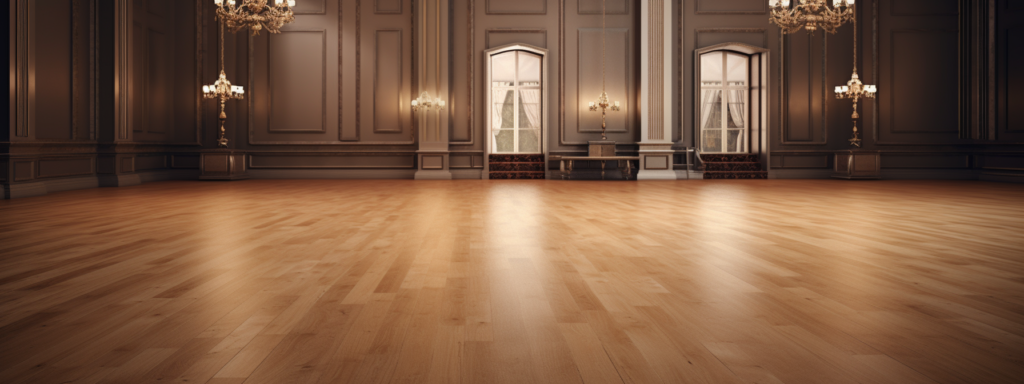
Maintenance and Care Tips
Maintaining cork floors requires a combination of regular upkeep and preventive measures to ensure their durability and preserve their natural beauty. Here are some care tips and recommendations:
Regular Maintenance Routines
- Humidity Control: Maintain indoor humidity levels between 30% and 60% to prevent cork from drying out or becoming too damp, which can cause cracking or curling.
- Routine Cleaning: Regularly sweep or vacuum to remove dust and debris. Use a damp mop with a mild, pH-neutral cleaner for deeper cleaning, ensuring the mop is well wrung out to avoid water damage.
- Periodic Deep Cleaning: Employ neutral pH cleaners for occasional deep cleans. Avoid harsh chemicals that can damage the cork. Test any new cleaner on a small, inconspicuous area first to ensure it doesn’t dull or damage the finish.
Preventative Measures
- Furniture Pads: Protect your cork floors from dents and scratches by placing felt pads under furniture legs.
- Avoid Direct Sunlight: Use window treatments to protect cork floors from fading due to prolonged exposure to sunlight.
- Spill Management: Clean up spills immediately to prevent moisture penetration, which can damage cork floors.
Recommendations for Refinishing
- Sealing Cork Floors: Sealing areas prone to moisture, like kitchens and bathrooms, with polyurethane, can protect against water damage and edge chipping. This also extends to colored cork products, which may require sealing to protect against long-term damage.
- Specialty Finishes: For floors with specialty finishes, it’s imperative to choose the right type of sealant that won’t yellow or haze over time. Products like Loba 2K Supra AT polyurethane are recommended for their compatibility with cork and durability.
Additional Tips
- Furniture Movement: Regularly adjust the position of furniture to distribute wear evenly and avoid permanent dents in the flooring.
- Proper Cleaning Tools: Utilize soft-bristled brooms or vacuums with a hardwood floor setting to avoid scratching the cork surface.
By adhering to these care and maintenance tips, you can ensure that your cork floors remain vibrant and functional for years to come. Always refer to the manufacturer’s guidelines for specific care instructions to maintain your floor’s warranty and appearance.

Embrace Eco-Friendly Cleaning for Your Cork Floors
Sustainable cork floors offer a unique blend of comfort, durability, and natural beauty to any space, making their care very important to their longevity and performance.
Why Choose Eco-Friendly Cleaning?
The adoption of environmentally responsible cleaning practices goes beyond the preservation of cork floors themselves; it represents a commitment to the health of our planet and the well-being of our families. By choosing natural cleaning agents, and biodegradable products, and avoiding harsh chemicals, we contribute to a cleaner, safer environment both inside and outside our homes.
The Benefits of Sustainable Maintenance
Maintaining cork floors with eco-friendly methods ensures that their natural qualities are preserved without contributing to pollution or waste. This approach not only extends the life of your flooring but also supports sustainable forestry practices associated with cork production. Eco-friendly cleaning practices reduce exposure to toxic substances, promoting a healthier living space.
Your Role in Sustainable Living
We encourage you to adopt these environmentally responsible cleaning practices, not just for the benefit of your cork floors but as part of a broader commitment to sustainable living. Whether it’s choosing the right cleaning products or adopting preventive measures to protect your flooring, every action counts towards a more sustainable future.
For professional guidance and services in maintaining your cork floors with an eco-friendly approach, consider reaching out to us at Masterful Carpet Cleaning. Our expertise in sustainable floor care can help ensure your cork floors remain beautiful and functional for years to come, all while aligning with your environmental values.
Author
-

As the Co-Owner of Masterful, Randy has been providing quality cleaning services to the Salem and Portland areas of Oregon for many years. He has built a reputation for excellence in the industry. His team take prides in using the latest cleaning techniques and technologies to deliver exceptional results every time.
View all posts
